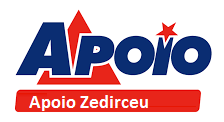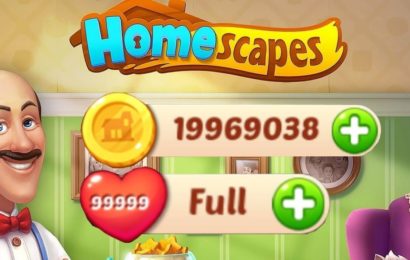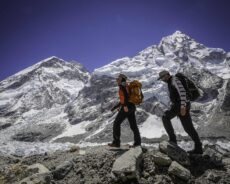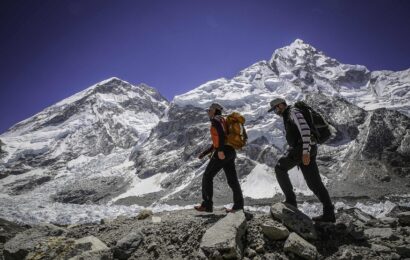There are many reasons for a person to track the weather occurring in their area. From monitoring storms for personal protection to chasing storms, there is a wide variety of weather radar software from which to choose. Deciding which will work best all comes down to the desired purpose. Here are a few tips to help make the proper selection.
Quick, Simple, & Local
Dark Sky is an example of basic weather radar software that anyone can use. If the goal is monitoring daily weather with a simple and easy to use design, this is the best option on the market. The app pulls information from NOAA as well as network stations so it shows a weather picture on a smaller, more local scale. With the additional input of user reported data, Dark Sky will keep you informed with detailed weather reporting down to the minute within your specific geographic location.
For the Outdoors
Before embarking on an outdoor adventure, it is important to be aware of what type of weather may be encountered. Weather tracking is of high importance in these instances as storms can move swiftly, greatly impacting personal safety when exposed to the elements. Weather Underground is the answer when looking for a weather tracking software to handle this task. It provides forecasts, times of first light/last light, up to the minute radar layers, temperatures, wind speed, humidity, and more. Weather Underground pulls information from the National Weather Service’s NEXRAD radar data, ensuring it is one of the most easy to use and easy to transport methods of accessing comprehensive weather data.
Amateur storm tracking
For those who are getting into storm tracking, Weather Underground makes an app called Storm that offers interactive software with the highest resolution on the market. Pulling from nearly a quarter of a million local radar stations, Storm offers a fantastic storm tracking experience. Customize which types of data to monitor from earthquakes and jet stream winds to fronts and lightning strikes. Icons indicating alerts from the National Weather Service appear on screen with the ability to tap each to see more detailed information.
Semi-pro Chasing
Any person who is highly intrigued by storms has at some point wished they could chase tornadoes like those in shows like Storm Chasers or the movie Twister.TV Meteorologists and storm chasers use an app called RadarScope to track all of the complex data that occur with tornado producing storms. Velocity pattern predictions, total storm surface, hail and rotation detection, and activation for multiple devices are some of the features it has to offer on either the base or upgraded versions.
Serious Storm Chasing
While some storm chase as a hobby, others make a career of tracking storms, gathering data, and putting in research to further understand and predict weather.There are a few solid options when it comes to professionally tracking weather outside of working with NWS or NOAA. The absolute best on the market is made by Gibson Ridge, GRLevel2 Analyst (GR2A). This company makes a few comprehensive programs but this version is a powerhouse. It is more costly than the other options but considering the National Weather Service uses this software alongside their own, the one-time $250 payment is worth the investment for one seeking a professional career.
Larger Scale Weather Monitoring
Not everyone monitoring weather is doing it for chasing purposes. There are many instances where it is important to monitor weather real time to keep people safe and informed. Sporting events, oil and gas sites, concerts and festivals planning all require weather monitoring for safety purposes. Companies like Perry Weather are a great answer for a large array of needs. They offer mobile apps, local weather sensor stations, outdoor warning systems, and weather consulting with meteorologists all integrated into a single system to best suit your industry needs.









